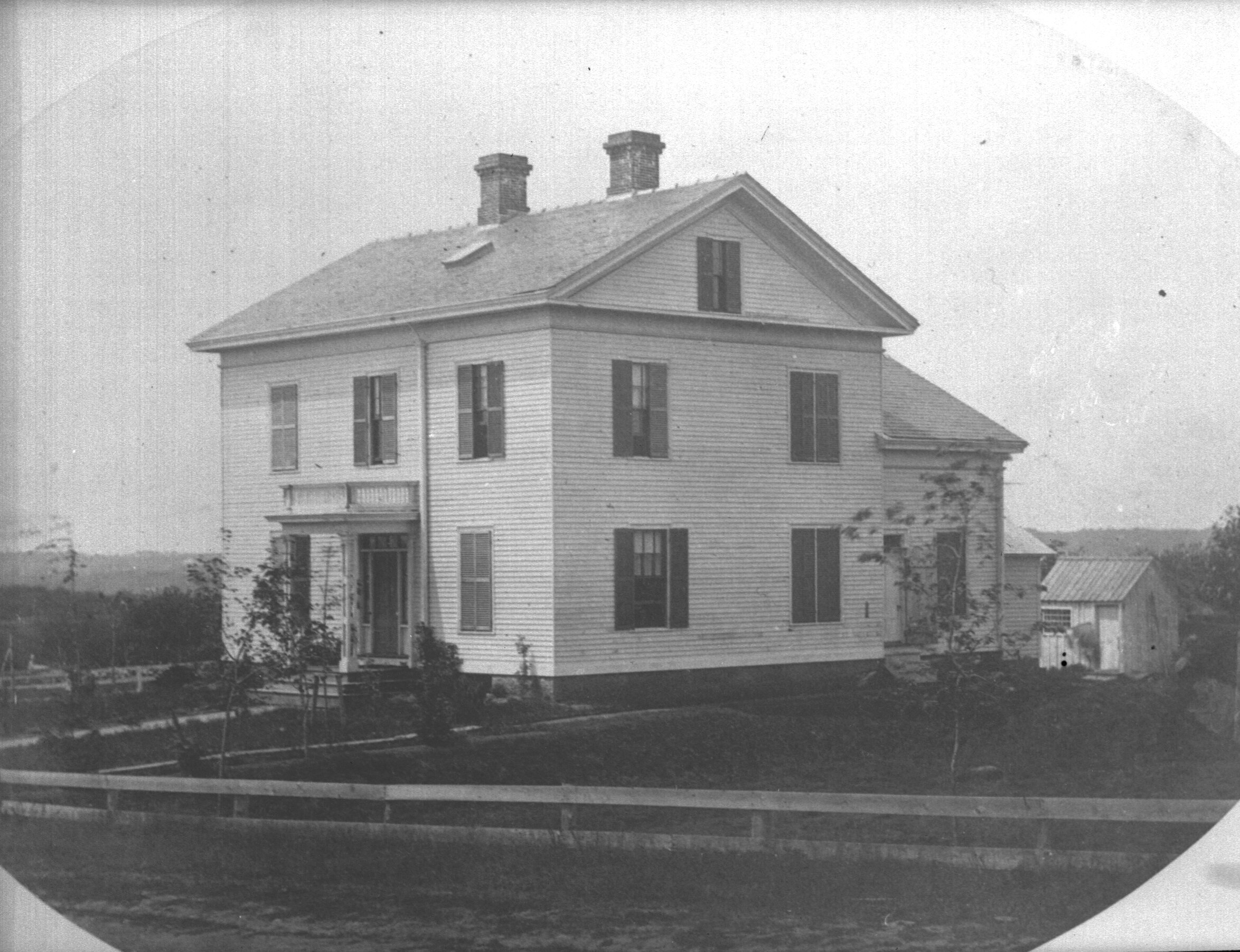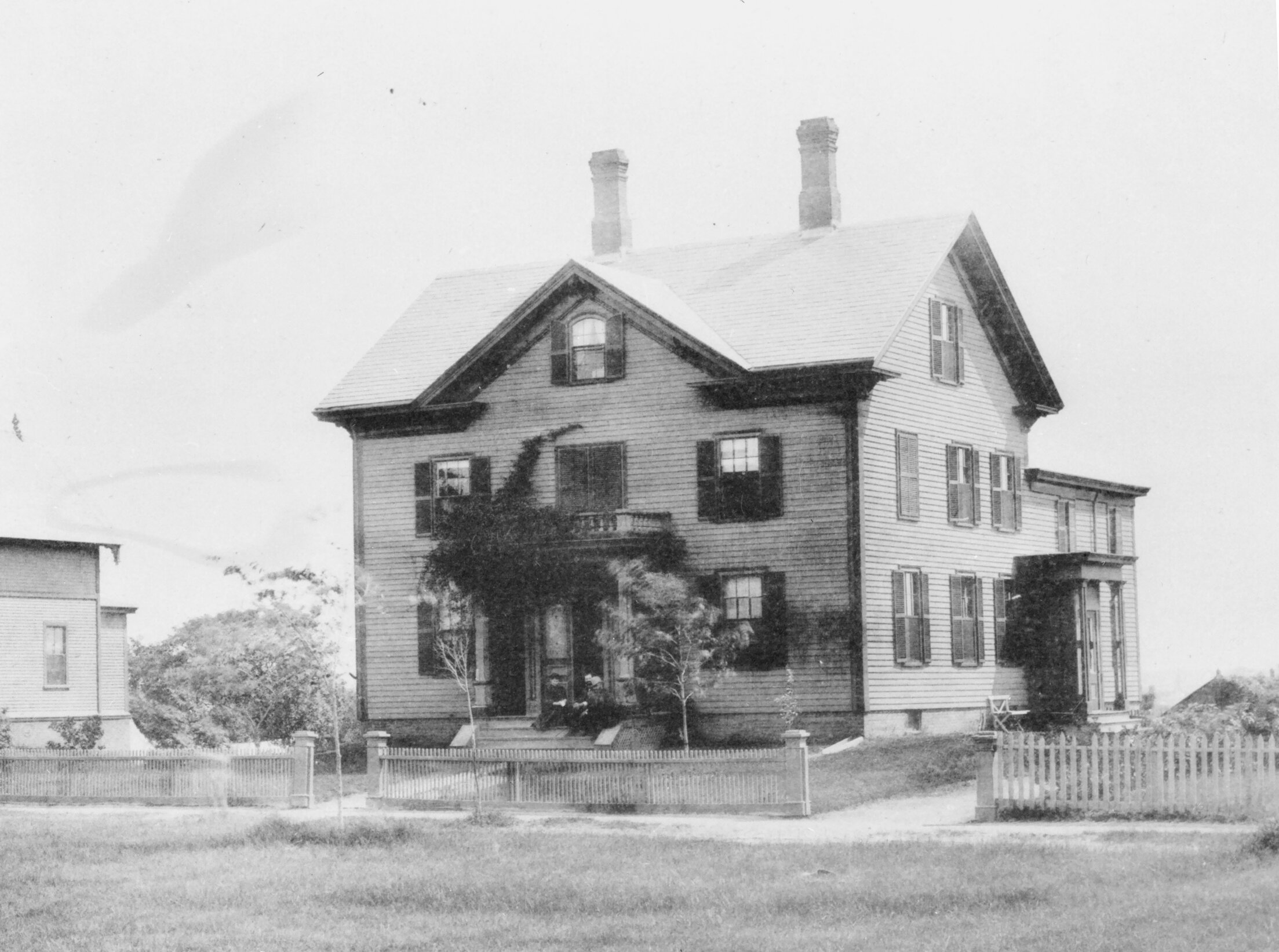The Concise Encyclopedia of Tufts History is a digital resource housed in the Tufts Digital Library that “seeks to capture more than 150 years of Tufts’ achievements, societal contributions, and outstanding alumni and faculty in concise entries.” Compiled by Tufts archivists in advance of the University’s sesquicentennial in 2002, the Encyclopedia contains hundreds of brief informational passages on Tufts’ most notable people, buildings, events, traditions, organizations, and moments in history.
The original authors of the Encyclopedia noted the following organizational choices for the project:
“Encyclopedia entries are created in four general categories: People, Events, Programs, and Places.
People: Tufts graduates, professors, staff, or friends who have made a significant contribution to Tufts, to their profession or chosen field, or to society in general. In addition, people with no formal affiliation with Tufts who have made a significant contribution to the educational mission at Tufts may also be included.
Events: Significant events in the history of the institution. This category also includes ‘Tufts firsts.’ It may include events such as the first broadcast of public television in Massachusetts, or early radio broadcasts, the development of medical procedures and the like. It may also include social or athletic events including the Mayoralty, or the ‘Doe Dances’ of the 1920s. Not all events need to be officially sanctioned university events. They may be natural disasters, or demonstrations, rallies, etc.
Programs: The founding and history of a school or program, even if relatively short-lived is an essential part of the history of the university. The schools, programs, departments, etc. define the scope and reach of an institution. Histories of student groups and organizations are especially desirable.
Places: Tufts is filled with official and unofficial places that carry special significance for the community. Memorials, monuments, plaques honoring graduates, events, etc. abound. There are also many unofficial places that carry significance as well. We would like to find and catalog as many as possible.”
Perhaps one of the Encyclopedia’s most helpful features is the Table of Contents, which contains an alphabetical listing of all entries in the book, starting with “A. Warren Stearns Research Building, 1940” and ending with “Zimman, Harold O., 1916-1994.” Underneath the Table of Contents header is also an option to view all images in the book, which primarily consist of historic buildings on campus.
Popular topics that can be studied using the Encyclopedia include:
- Former presidents of Tufts (check out this entry on former president Nils Wessell, who before becoming the president of Tufts was known as the “Boy Dean.”)
- Historic buildings on campus (Ballou Hall, for example.)
- Departmental and programmatic histories (such as the Veterinary Medicine program.)
- Notable alumni, faculty, and staff (we in TARC are especially partial to former faculty member Melville S. Munro.)
- Scholarships and prizes (such as the Ivan Galantic Special Achievement in Humanities Prize.)
- Histories of student life (like the Tufts Mountain Club, which has been around since 1939.)
- Campus traditions (take, for instance, the freshman beanies...)
- Founders, trustees, and donors of Tufts (for example, founding trustee of Tufts College, P.T. Barnum.)
Because the Encyclopedia was originally compiled 25 years ago for the university’s sesquicentennial celebration, some entries are currently in the process of being updated to reflect new information and perspectives.
To learn more about the Concise Encyclopedia of Tufts History, visit the Tufts Digital Library or email archives@tufts.edu!









